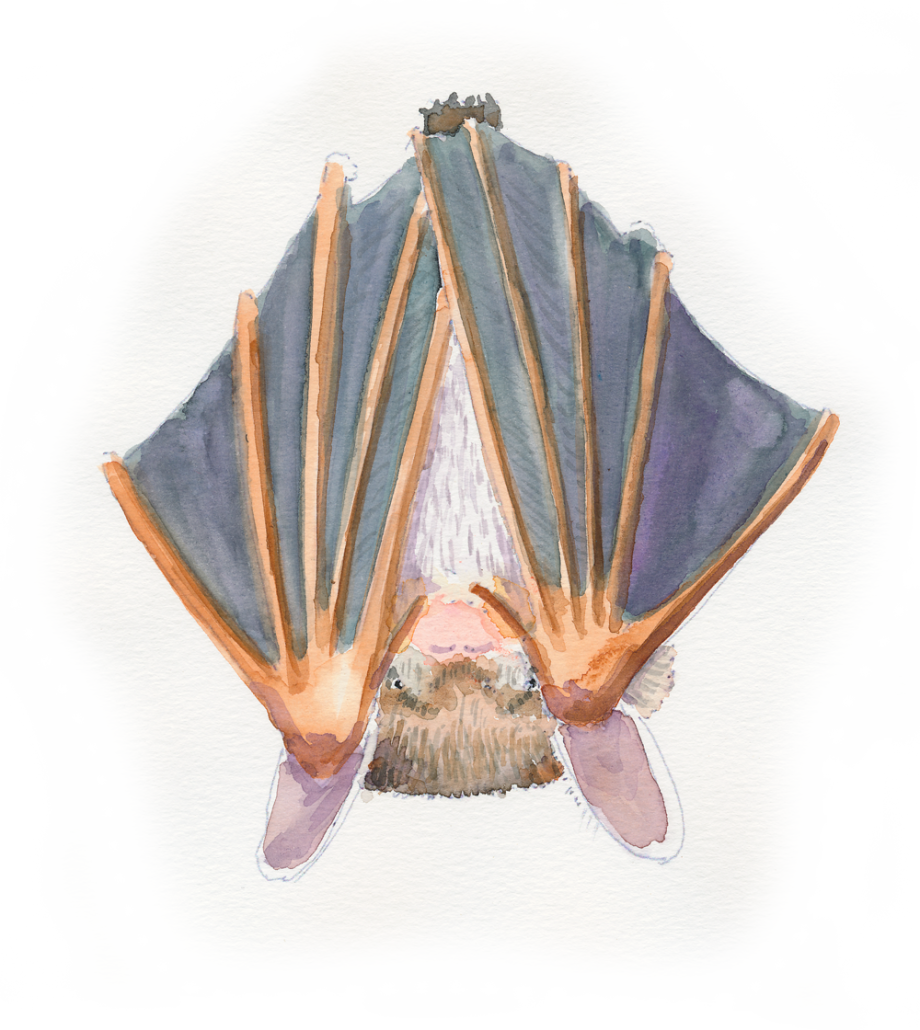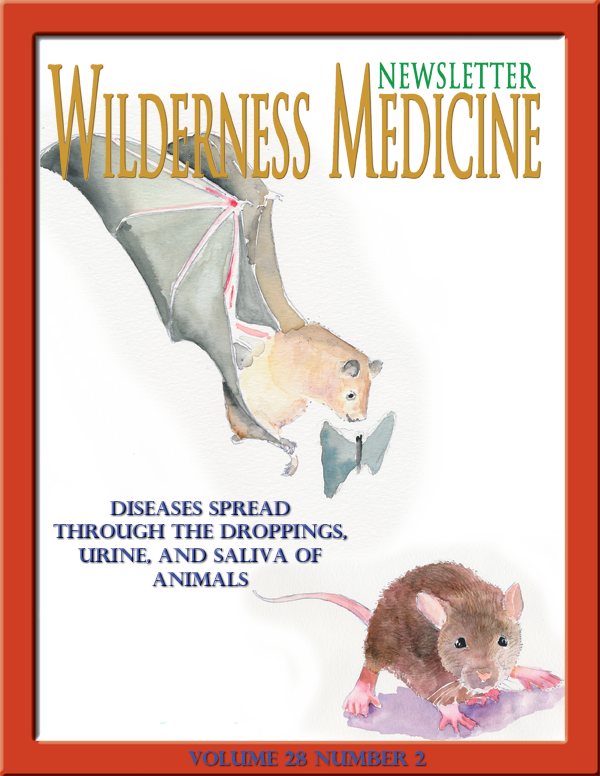POOP, URINE, and SALIVA-BORNE DISEASES
ISSN-1059-6518
Environmental-Related Infectious Diseases
By Frank Hubbell, DO
Illustrations by T.B.R. Walsh
World Population is 7 billion people.
Worldwide Annual Mortality Rates:
Approximately 56,000,000 people die per year (a little less than 1%)
Communicable Infectious Disease – deaths per year:
Infectious Disease – 13.1 million deaths per year out of the 56 million
Malaria – 219 million new cases per year, with 1.2 million deaths
Tuberculosis – 9 million new cases per year, with 1.1 million deaths
HIV/AIDS – 35 million people living with AIDS, with 1.5 million deaths
Respiratory Tract Infections, viral influenza – 3.1 million deaths per year
Diarrheal Disease – 1.7 billion cases per year, with 1.5 million deaths in children
less than 5 years of age, #2 cause of death in children. #1 is pneumonia
Non-communicable, Non-infectious Disease – deaths per year:
(Infectious disease 13.1 million deaths per year)
Ischemic Heart Disease 7 million
Stroke 6.7 million
COPD 3 million
Lungs Cancers 1.6 million
Diabetes mellitus 1.5 million
Road Injury/Trauma – MVA 1.3 million
Hypertensive Heart Disease 1.1 million
It is estimated that communicable or infectious disease accounts for 48% of deaths worldwide each year. For travelers and the adventurous, who dare to leave the familiarity and safety of their own homes, part of being safe and staying healthy is understanding how large the world of infectious disease is and how it can and will impact your health and happiness.
Over the years we authored a lot of articles on various types of infectious diseases. In this article we are going to focus on and review the various infectious diseases that one can acquire from rodent, bat, and bird droppings, i.e., urine, guano, poop.
You have to wonder: who cares about the risk of infectious diseases that can be spread by the droppings of rodents, bats, or birds? Although these various illnesses are not all that common, they are common enough to be concerned about, easy to prevent, and can be hard if not impossible to treat, which can lead to long-term illness or even death.
Poop: droppings, excrement, feces, guano, stool, and of course everyone’s favorite sh*t.
Various animals can act as reservoirs in nature and harbor infectious diseases that may be harmless to them, but can cause illness in humans. Some of these diseases can be spread from the animal to humans by insect vectors such as mosquitoes, ticks, black flies, or fleas, to name a few. However, some of these diseases can also be transmitted in an animal’s saliva, urine, and/or feces. It is these animal secretions and excretions that are the vector for spreading disease. If the poop, urine, or saliva harbors the disease, and these excrements manage to become airborne or aerosolized and inhaled by a human, that unfortunate person can become infected with that illness.
This aerosolized contact is a common risk for cave explorers who may find themselves walking in or crawling in dried bird, bat, and or rodent droppings. An example is the hantavirus outbreak in the US Southwest, that was caused primarily from people cleaning and sweeping out cabins that had been left uninhabited for several months. As a result, rodents moved in and pooped and peed on the floor. As the humans swept, dusted, and cleaned the little stinkers fecal matter, they inadvertently aerosolized the droppings that contained the hantavirus and inhaled the virus into the lungs. As a result they developed a viral pneumonia that was very hard to treat and in some cases it was lethal.

Little Brown Bat (Myotis lucifugus)
Cavers, in particular, should pay attention to this article.
Bat-borne Diseases:
All of the bat-borne illnesses are viral diseases.
For these viruses the primary reservoir is a species of bat.
These viruses are transmitted by the bat bites, bat saliva, aerosolized bat saliva, aerosolized bat urine, and bat guano found on the ground that becomes aerosolized and inhaled.
These viral illnesses include:
Coronaviruses – SARS, Middle East Respiratory Syndrome (viral respiratory fever)
Hantaviruses (viral respiratory fever)
Hantavirus Pulmonary Syndrome (viral respiratory fever)
Hemorrhagic Fever with Renal Syndrome (viral hemorrhagic fever)
Lyssaviruses – Rhabdoviridae (rabies virus, 100% lethal CNS illness)
Lassa virus (viral hemorrhagic fever)
Ebola virus (viral hemorrhagic fever)
Marburg virus (viral hemorrhagic fever)
Nipah virus (viral respiratory and neurological fever)
Hendra virus (viral respiratory and neurological fever)

